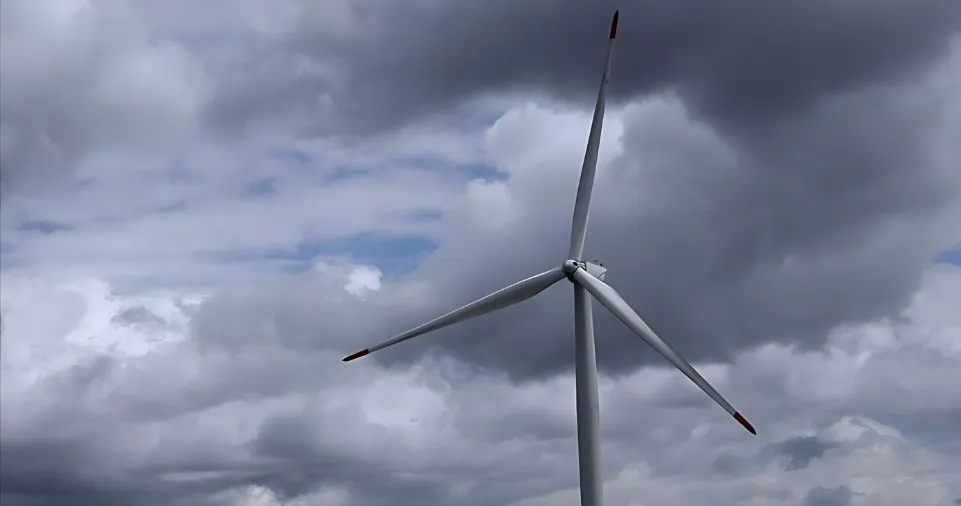According to the grid operator and state authorities, “resource adequacy risks could grow over time across all seasons, absent increased new capacity additions and actions to delay capacity retirements.”
Dive Brief:
- Starting next summer, the Midcontinent Independent System Operator’s Northern and Central regions could face a 1 GW to 3.7 GW shortfall while its Southern region has a potential 3 GW to 4 GW surplus, the grid operator and the Organization of MISO States said in an annual survey released Thursday.
- Overall, MISO faces a 2.7 GW shortfall to a 1.1 GW surplus next summer under two scenarios that have different rates of generation additions, according to the report. By the end of the decade, the potential deficit could grow to 14.4 GW and the surplus could climb to 4.6 GW under the two scenarios, MISO and OMS said.
- “Resource adequacy risks could grow over time across all seasons, absent increased new capacity additions and actions to delay capacity retirements,” they said.
Dive Insight:
According to MISO and OMS, which speaks for state utility regulators in the grid operator’s region, quick action is required to bring additional capacity online, arrange resources for additional load increases, and perhaps slow down the rate of resource retirements.
According to a news release, MISO CEO John Bear stated, “There is an urgent need to continue and increase collaboration with our state regulators to ensure the evolving generation fleet can meet the growing demands across our footprint.”
The findings align with previous OMS-MISO studies that suggested the grid operator would not have sufficient power suppliers to fulfill its requirements.
ALSO READ:
- Why is Starlink Quietly Launching Direct-to-Cell Satellites?
- SpaceX dominating worldwide spacecraft launches by tremendous margin, statistics show
- The 5 Best Job Search Websites of 2023
- 3 Best Online Real Estate Schools in Connecticut
- What Is a Website Title (and Why Is It Important?)
- 5 Best Banks for Startups in 2023
- 10.10 0.1 Piso WifiPause Time, Admin Vendo, Portal & Hack in 2022?
The research presents two outlooks for the first time, depending on the amount of generation that can start up in the MISO footprint (Louisiana to North Dakota). According to one estimate by MISO, 2.3 GW of generation will come online year based on a 3-year average from 2020 to 2022. Another prognosis made by MISO anticipates that 6.1 GW will come online each year, based on estimations from interconnection users who have signed interconnection agreements.
The analysis highlights many potential negative risks, such as the ongoing rapid pace of power plant retirements and the possibility of accelerated generator shutdowns due to rules enforced by the Environmental Protection Agency.
Potential downside risks include the continuing rapid pace of power plant retirements, with Environmental Protection Agency regulations possibly accelerating the generator shutdowns, according to the report.
Upsides include new capacity enabled by the easing of: supply chain bottlenecks, permitting constraints and labor shortages as well as market responses to local capacity shortfalls, MISO and OMS said.
The survey found that the largest resource adequacy risks occur in the spring and summer.
MISO said it anticipates strong, long-term load growth driven by data centers, manufacturing, increased cooling demand, electric vehicles and cryptocurrency operations.
The grid operator issued a warning, stating that MISO may be more susceptible to reliability issues than it seems since its techniques for calculating a resource’s capacity value may overestimate it during high-risk times.
In order to properly account for the extent to which various resources support grid dependability during times of stress, MISO has proposed updating its certification process, a proposal that the Federal Energy Regulatory Commission is now considering.

